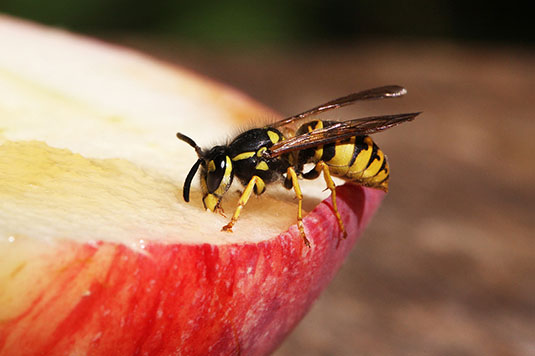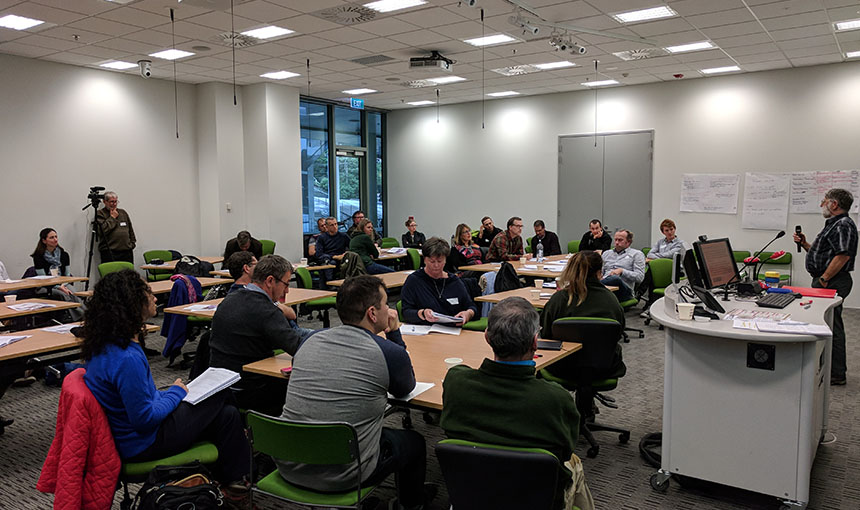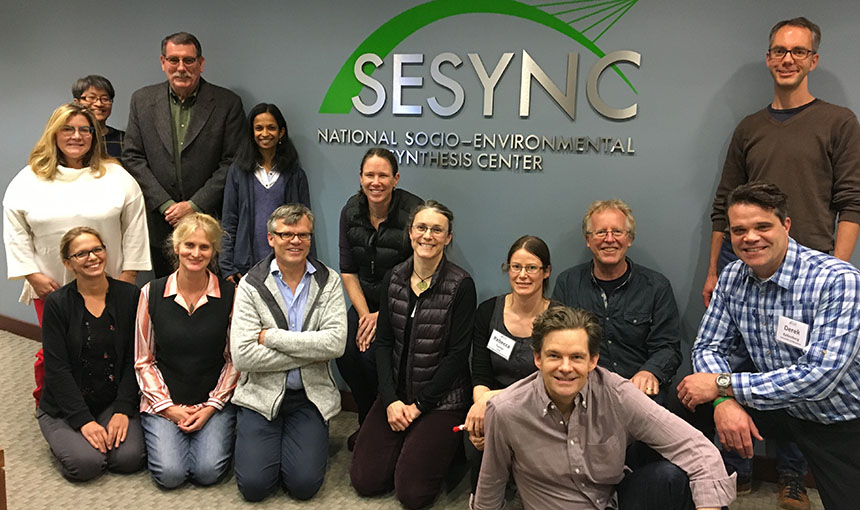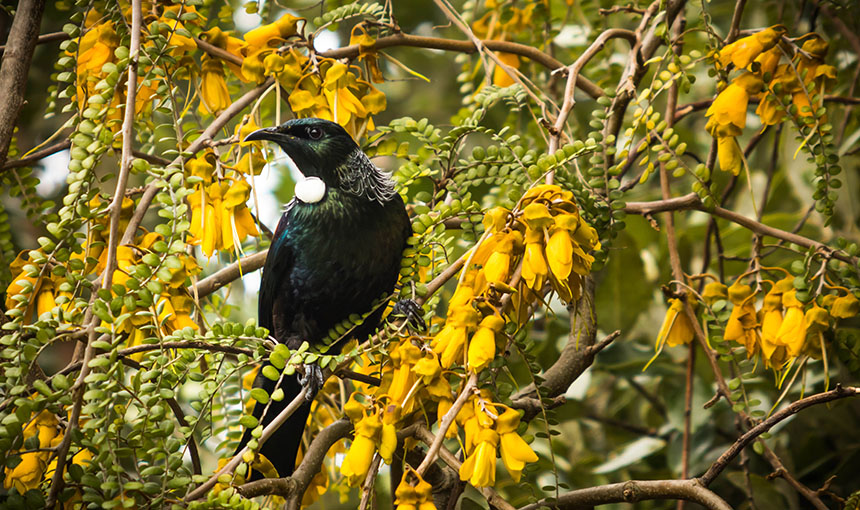Taking the sting out of the common wasp
Large-scale eradication may be in store for the humble wasp – a species responsible for one of the worst pest problems in Aotearoa.

Wasps have massive impacts on native flora and fauna, along with parts of the production sector including grapes and citrus – and they’re also a public health issue and nuisance.
This BioHeritage project, led by Professor Phil Lester of Victoria University of Wellington, aims to deliver a significant change in wasp management, shifting from small-site control to eradication across large areas.
The researchers are developing four state-of-the-art technologies to combat wasps. This includes assessing their economic feasibility, social acceptability and how practical it would be to deploy them at a large scale.
The work is complemented by two other research strands:
- the development of a wasp eradication strategy
- assessing public perceptions and perspectives on the use of novel pest control strategies.
The project presents a unique opportunity to trial new technologies and ideas to control wasps, contributing toward BioHeritage’s goal of creating a world-class biosecurity system for Aotearoa.
The research inspired Phil to write a book called The Vulgar Wasp that tells the story of Vespula vulgaris – the common wasp – and its impact on us and our biodiversity. In the book he explores how we can manage wasps and learn to live with them, and asks what they can teach us about the challenges we face for pest control.
Publications
Dearden, P.K., Gemmell, N.J., Mercier, O.R., Lester, P.J., Scott, M.J. Newcomb, R.D., Buckley, T.R., Jacobs, J.M.E., Goldson, S.G., Penman, D.R. 2017. The potential for the use of gene drives for pest control in New Zealand: a perspective. Journal of the Royal Society of New Zealand 48: 225-244.
Dobelmann, J., Loope, K. J., Wilson-Rankin, E., Quinn, O., Baty, J. W., Gruber, M. A. M. and Lester, P. J. 2017. Fitness in invasive social wasps: the role of variation in viral load, immune response and paternity in predicting nest size and reproductive output. – Oikos doi: 10.1111/oik.04117
Duncan EJ, Hyink O, Dearden PK, 2016. Notch signalling mediates reproductive constraint in the adult worker honeybee.Nature Communications 7. doi: 10.1038/ncomms12427
Lester, P.J., Beggs, J. (2019) Invasion success and management strategies for social Vespula wasps. Annual Review of Entomology 64: In Press.
Lester, Haywood, Archer & Shortall (2017) The long-term population dynamics of common wasps in their native and invaded range. Journal of Animal Ecology 85: In Press. DOI: 10.1111/1365-2656.12622
Mercier OR, 2017. Bringing the ‘Trickster’ wasp into the Discourse on Biotechnologial Controls of ‘Pest’ Wasps, MAI Journal: A New Zealand Journal of Indigenous Scholarship 6:74-81. 10.20507/MAIJournal.2017.6.1.6
Wolff, Gemmell, Tompkins, Dowling 2017 Introduction of a male-harming mitochondrial haplotype via 'Trojan Females' achieves population suppression in fruit flies. eLife 6: e23551. DOI: 10.7554/eLife.23551
Wolff, Tompkins, Gemmell & Dowling. 2016. Mitonuclear interactions, mtDNA- mediated thermal plasticity, and implications for the Trojan Female Technique for pest control. Scientific Reports 6: 30016
Research Partners
BioHeritage’s role is to break down barriers between organisations and individual scientists by coordinating and focusing the research of top scientists from 18 Challenge Parties.
This project is being driven by Challenge Party Victoria University of Wellington, which is working closely with the University of Otago, the University of Auckland, Lincoln University, Manaaki Whenua Landcare Research and Plant & Food Research.


